Shameless Self Promotion Section: I moved this to the top this week since we’re talking a bit about cover art today, and well, you know, MLC statements are coming out soon, just saying…
My song is out! Link: “Long Road Back” (click on link for streaming options)
Hey look at me engaging with my audience!! Questions on why and how the song came about, both lyrically and musically?
Questions about what it “means”? - I can answer that one right now - it’s about a road…
Questions about recording, overdubbing with other artists, studio work, mixing and mastering?
About releasing the song? - I can answer that one right now too - all indie, no label, professionally mastered locally, distributor and publishing admin, signed up with PRO, MLC, and SoundExchange.
Questions about the cover art?
Ask me in the comments section below to expand on any of these questions or others, I’ll answer!!!
Welcome to The Famous Thursday Post!
Our focus on Thursdays is on songwriting, recording, production and commercial release.
I’m doing links up front with some commentary this week - got that old “end of summer, not quite fall” feeling to it here in the Upper Left Corner, but in a nice “do you remember that kind of September” sort of way….
First up, from Carvin Audio, some spot on advice if you have a small venue gig.
Yes, Carvin’s going to want to sell you a “just right” speaker/amp combination, and ya can’t blame them, that’s what they’re in business to do. The article, like many on their blog is really pretty good, more on that in a bit. First, if it’s just you as a solo act with your guitar and a mic/amp/speaker, that may lead to “a” way to gig in a smaller space. If it’s you and a couple of others (drummer, bassist, keyboardist….) your approach will likely be different. I’ll let you read the article for yourself, but there are a few “must do” takeaways I think are important no matter the size of the venue or the amount of the equipment. First - talk with management about expectations - is their crowd “listeners” or are they expecting the band to be background sound that doesn’t interfere with conversation? How will the bar/wait staff deal with one - you; and two - customer issues (do they want things quieter, or do they want you to “turn it up” for a better dance experience for example….). Do you get some time for a soundcheck? What if you don’t? Lot of things to think about that this article takes a pretty good look at, worth the read.
Next the “some more on that” thing:
It always pays to read down the page on the Carvin blog, sometimes the rest of the topics are just as good. Love this quote: “Eons ago now, recording wasn’t done in homes or inexpensive offices.” But, now…. Chances are you’re doing at least part of your music business in a spare bedroom or someplace similar. Whether it’s writing and figuring out a melody or chord progression, to full on vocal and instrumental recording, a room with no treatment at all is going to be problematic to some degree. This article is pretty good at addressing some of the basics, and you wouldn’t expect a blog post to go too far into specifics. That’s true enough here, though I think it comes up just a bit short in maybe being too focused on the software solution (we’ll talk about that in a future newsletter) and maybe not quite enough on the acoustic treatment solution. Everyone wants to put a few panels on the walls, but dealing with the corners and edges where walls meet the ceiling often get less emphasis. Bass and lower mid signals “pool” in those corners and spaces before reflecting out (this happens in milliseconds) to contribute to low- and mid- “mud” - the worst, and hard to correct with just software solutions (you can find it with software and the correct microphone, though). An interesting topic for future posts.
From Songtown, this is both an article with some templates and a YouTube video that is helpful and the two formats are complementary. If you’re collabing (or thinking about it) on writing songs with others, this is important stuff.
Okay, so this is probably one of the oddest link titles I’ve written. Ever….
K-pop lessons from album packaging
This is worth the read. It’s probably not something most American or European artists would do, but very few enjoy the kind of fan base loyalty/crazy that K-pop bands do. Even though all of promotional ideas in the article probably won’t work elsewhere, at least for most artists, there are some intriguing ideas, to say the least.
Some links without commentary:
From Carvin:
If You're Considering A Wireless Stage Rig
From Disc Makers:
Links to three of the most important Copyright laws for musicians below. The links are to Wikipedia entries that give background information on each, but within the articles there are links to the texts of the legislation as well:
Digital Performance Right In Sound Recordings Act (DPRA) 1995 - This is what establishes the “sound recording” copyright. If you recall the Ed Sheeran against the heirs of Marvin Gaye court case from several months ago, one issue was that this law didn’t exist at the time of the Marvin Gaye recordings - essentially the copyright at that time existed only in some form of sheet music, perhaps chord charts even, and the issue seemed to revolve around whether chord progressions could be copyrighted (melodies and melodic arrangements are generally well established via sound recording copyrights as subject to copyright as a result of the DPRA, chord progressions probably not so much…). The court established (pretty much) they can’t, though since this was a lower court decision, it doesn’t set any sort of binding precedent, though it will certainly qualify as persuasive, and will probably figure heavily in future cases as such.
Digital Millennium Copyright Act (DMCA) 1998 Implements some international treaty provisions regarding digital recordings and digital service providers.
Music Modernization Act (MMA) 2018 “The MMA is a combination of three bills previously introduced in Congress.[1] The three bills became the three titles of the final act.” Credit: Wikipedia This law gets complicated pretty quickly, but the Wikipedia article seems to be an accurate representation of what it does (and in some cases failed to do). If you have music on streaming services or are anticipating releasing music on streaming services, this is a must read. It’s also the legislation that establishes the Mechanical Licensing Collective (The MLC) that receives money from the streaming services and distributes that to artists….just sayin’…
The Space Saving Disclaimer!: This Substack, (not just the first one!) is free, always will be, none of the people or companies or products I link to or write about pay me a damn thing. Neither do you unless you buy my song(s) (See what I did there?). Some stuff may be copyrighted by somebody else…whatever. “Fair Use” doctrine for “educational purposes” (Link: Fair Use) applies, suckers! No stinkin’ AI here unless it’s in something I link to. So.
Michael Acoustic
Today’s musician’s quote:
“I would listen to Little Richard and Fats Domino and Chuck Berry, and I would listen to how they played their riffs, and after I taught myself that, I taught myself to play my own kind of stuff.”
Brian Wilson
Other Voices: An interesting article about cover art from Substack writer Rachel Cabitt
This is really good stuff and I want to expand on the ideas Ms. Cabitt discusses here in a future Michael Acoustic.
Some memes and stuff:
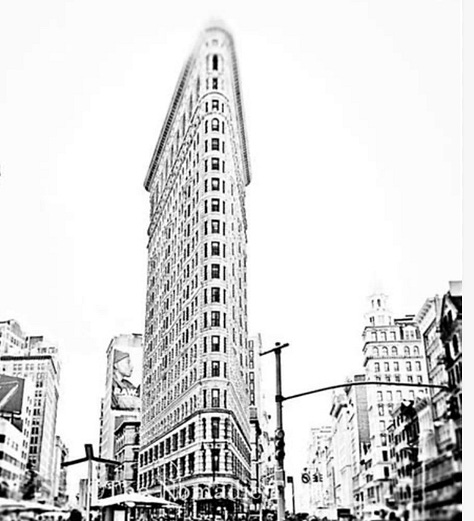
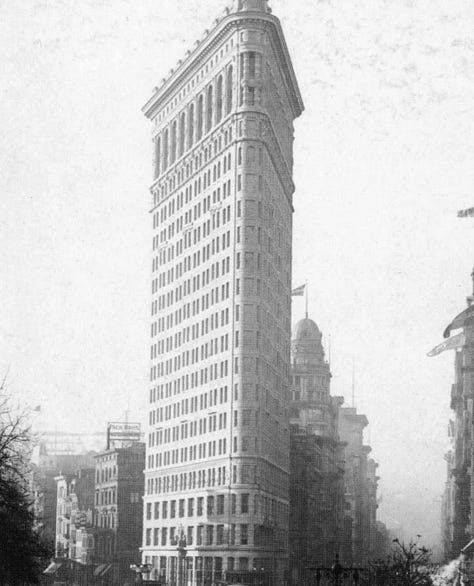
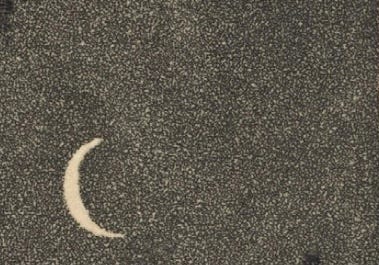
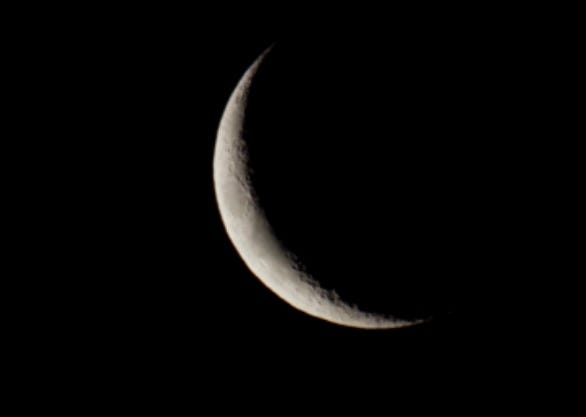


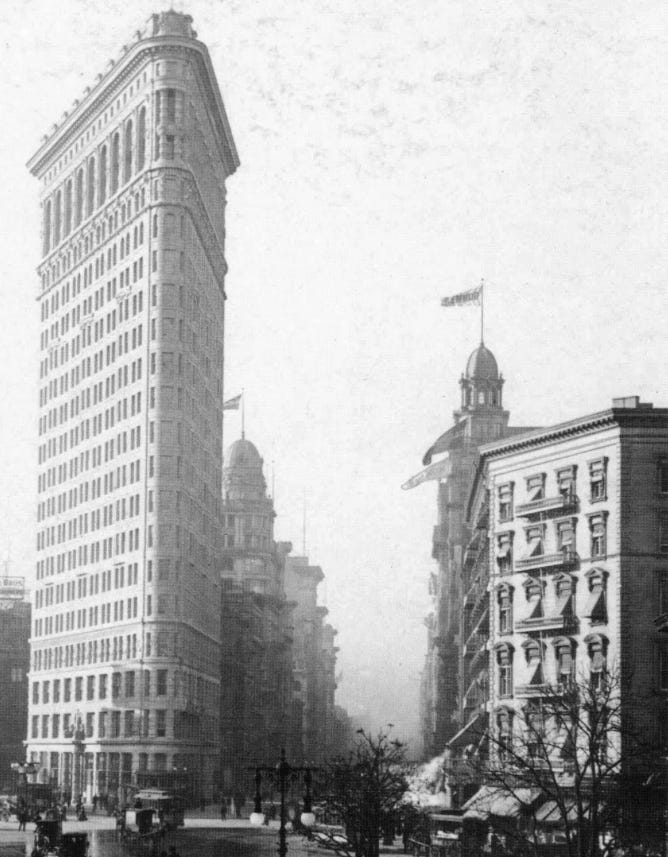
I’ve mentioned on here before how I’m always searching around for cover art ideas and stuff that isn’t, or at least isn’t any longer, subject to copyright. No copyright, or at least an expired copyright, and the image is fair to use (I would probably note it’s provenance in a liner or production note, though, out of courtesy to the artist). Note the very dark street with a figure and the moon shining through the trees low on the horizon. That’s a silkscreen by artist Daniel Danger from 2009. I was browsing artwork to use as cover art (that’s what all the Flatiron building photos and moons are as well). Loved the Daniel Danger art, but all too recent to consider even attempting to use as album/song cover art due to copyright issues. All the other images are public domain because the copyright will have long since expired or they were otherwise not subject to copyright. If you’re excited about artwork that is subject to copyright and feel it’s worth it, contact the artist about compensated usage. I would have loved to use Mr. Danger’s (link: Daniel Danger) art. Oddly, or perhaps not, I first saw it as a background to a scene in an old episode of the “Supernatural” television series of all places, and did a reverse image search! Very cool, but probably not in my budget, either time- or money- wise….
Odds and Ends: Such an interesting (but sad) song!
I had to find the backstory to this song after I listened to it, and then saw the (“American Kid” album) cover art.
From Songfacts:
“Patty Griffin's father died in 2009, and many of the tracks on American Kid find the singer trying to make sense of the absence of his physical presence. This song, for instance, finds Griffin imagining a carefree afterworld. "It occurred to me that there's another way to look at this besides my own grief, which is: They're OK. They don't have to pay bills anymore-no taxes!" she told Billboard magazine with a laugh.
This is a very uplifting and positive song written from the point of view of someone who has just lost a loved one. In this case, it was Griffin's father, and as he was very close to her, it sparked a lot of emotions on this album. Griffin has said that American Kid is solely dedicated to the memory of her father.
It is a song in which she imagines what heaven would be like - a carefree world, with no more bills to pay or having to go to war. She uses this song as a way of letting her father go, recognizing that he must be in a better place by now. Writing the album was a way for Griffin to reconcile all the things she wanted to ask her dad, but never got the chance to.”
Credit Songfacts Link: Go Wherever You Wanna Go
Cheers, and keep playing!
Michael Acoustic
“It’s never really final - you just run out of things you can bear to change…”





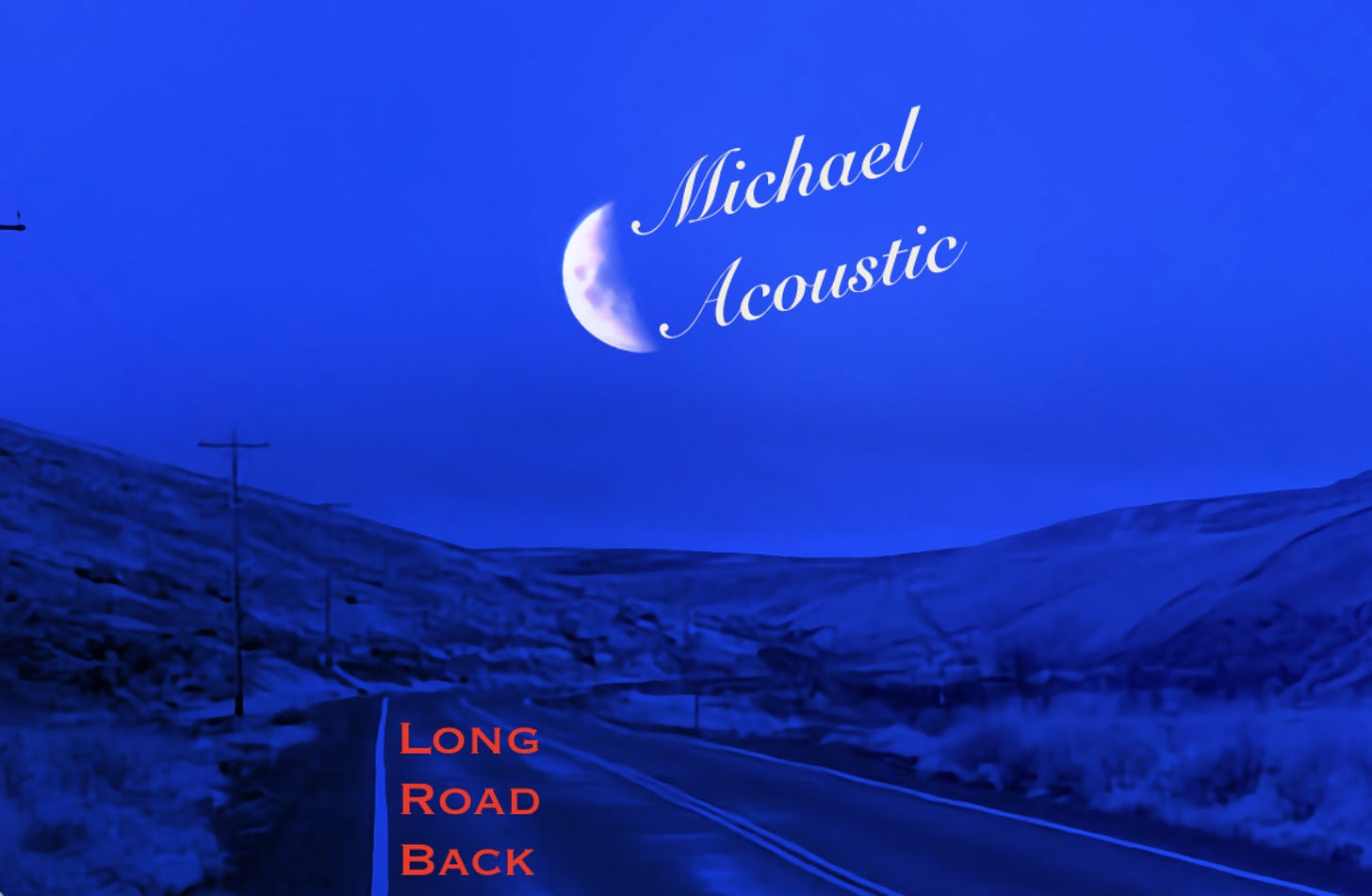

Thanks, Michael. Good stuff, as always. Two things: 1) I spent a good amount of time in recording booths in my younger days, but that was mostly to direct talents for voiceovers and promo spots. Nowhere near the complexity of capturing instrumentation. mixing, etc. It's always fascinated me, though. 2) The piece on Paul Simon I wrote two weeks ago was picked up by Revolver News, a national news aggregate site. The good news is my readership exploded ... something like 7,500 views. and 100 new subscriptions. The bad news was. no royalty. They circumvented the copyright by linking directly to my Substack site.